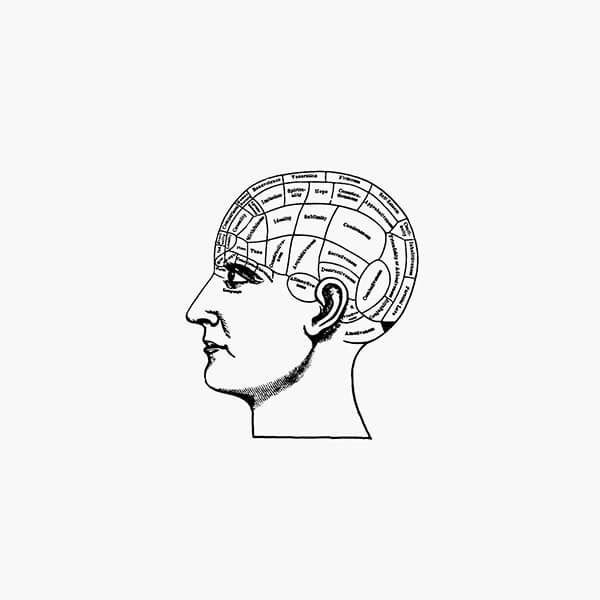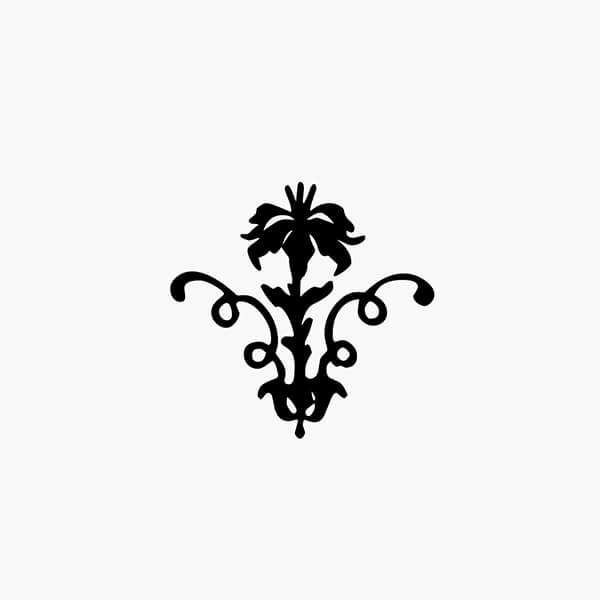



























Beato di Liébana
Apocalisse, 13, 11-17. Ora sale una bestia dalla terra, ha due corna come un agnello ma parla come un drago.
E piega tutti gli uomini al servizio della prima bestia.
La dicitura suona: “Ubi bestia ascendet
de terra”. L’esegetica vuole che questa bestia siano i
falsi profeti, che svolgono funzione di servizio nei confronti dell’Impero Romano.
Alcuni vaticinii numerologici che seguono
nel testo gioanneo (“chi ha intelletto
computi la cifra della Bestia: è la cifra di
un uomo. E tal cifra è seicentosessantasei”)
hanno dato filo da torcere agli interpreti
spingendoli a vedere una prefigurazione di
Nerone.
Su queste basi Beato, utilizzando testi
agostiniani, inizia una scorribanda nella
teoria dell’Anticristo, allegando tabelle atte
a predirne e riconoscerne la venuta, con acrobazie numerologiche ed etimologiche alla Isidoro di Siviglia. La Bestia è simbolo dei falsi sacerdoti, degli eretici che
maliziosamente aprono la strada
all’Anticristo. Siamo nel vivo del commentario di Beato, il testo si fa oscuro, arduo, la tradizione iconografica se la cava come può, attenendosi a una elegante rappresentazione araldica e disinteressandosi di ogni altra sottigliezza allegorica.